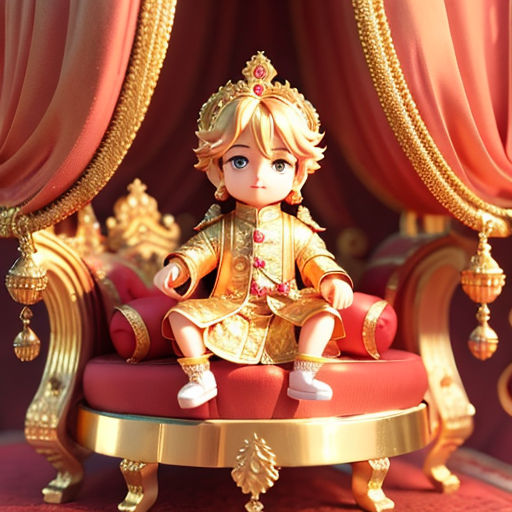
The Reign of Jahangir: A Tale of Empire and Intrigue
By Cutiepie

05 Jul, 2023

Once upon a time in the majestic lands of India, there sat on a grand throne a king known as Jahangir. His name meant “Conqueror of the World," a fitting title for a Mughal Emperor.

Jahangir was born to Emperor Akbar and his beloved wife, Jodha Bai, in 1569. He was named Nur-ud-din Mohammad Salim but took up the name Jahangir, to symbolize his reign's grandeur.

During his early years, Jahangir was taught by two of his father's most trusted advisors. They ensured he acquired a well-rounded education, exposing him to philosophy, mathematics, and several languages.
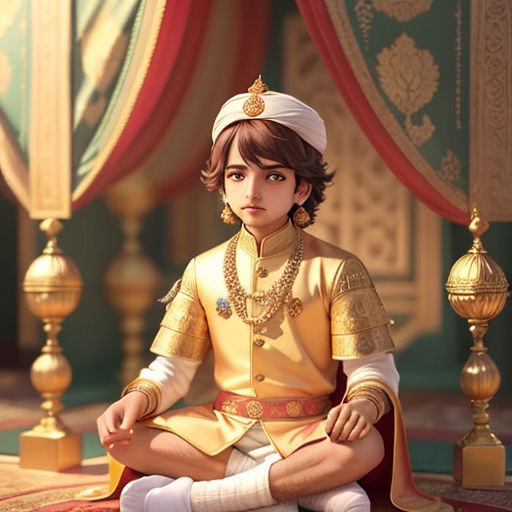
Despite his many virtues, Jahangir was known to have a rebellious streak. At seventeen, he staged a revolt against his father, Akbar. This rebellion, however, was not successful, leading him to reconcile with his father eventually.

Upon Akbar's passing in 1605, Jahangir took the reigns of the Mughal Empire. His reign was marked by a blend of justice, beauty, and artistry that the Mughal Empire was renowned for.

Jahangir was a just king. He installed a chain of justice, known as "Zanjir-e-Adl". Anyone who felt they had not been dealt with fairly could ring it and get a hearing from the emperor himself.

Despite being a Muslim, Jahangir believed in religious tolerance. His rule witnessed peace between various religious groups. He married a Rajput princess, further strengthening the alliance with Rajputs and promoting religious coexistence.
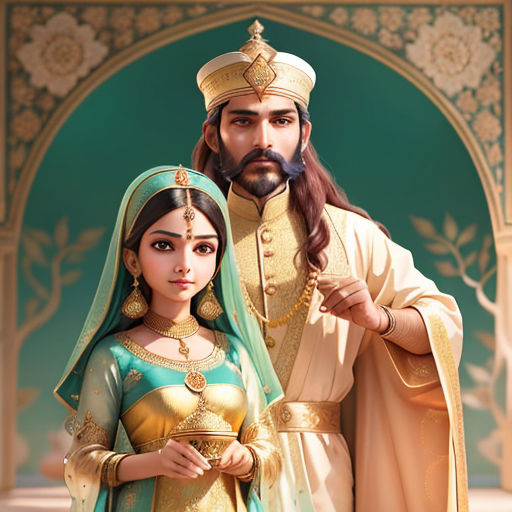
His wife, Mehrunissa, later known as Nur Jahan, played a significant role. She was not only his love but also his confidante and advisor. Jahangir conferred upon her the title of 'Nur Jahan', meaning 'Light of the World'.
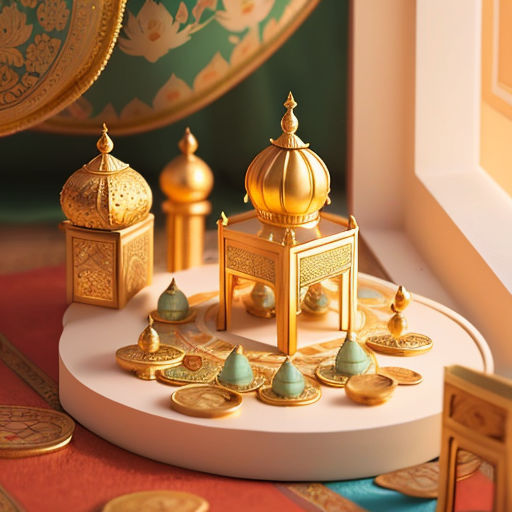
Nur Jahan held a unique position. She issued imperial orders, coins in her name, and even influenced the emperor's decisions. Jahangir’s deep trust in her was evident, and it underlined the role of women in the royal household.
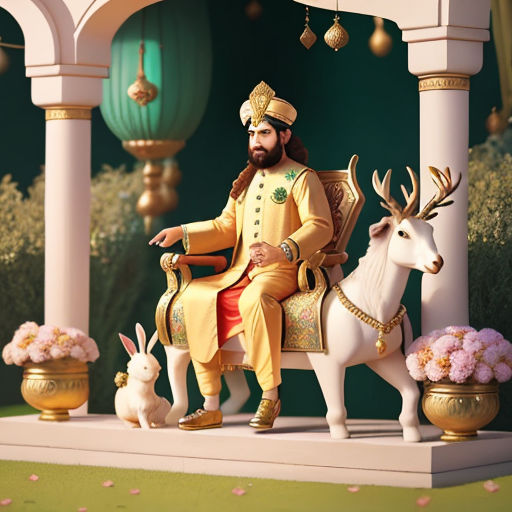
Jahangir was an avid lover of nature and practised it in his governance. He had laws protecting certain species of animals and also held an annual weighing ceremony on his birthday, giving away his weight's equivalent in gold and silver to the poor.
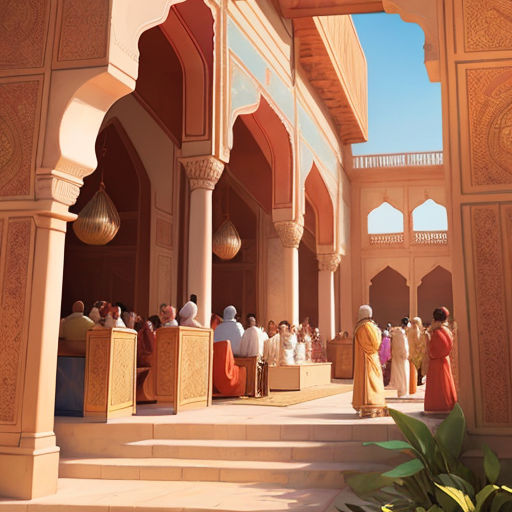
The field of arts, particularly painting, flourished during Jahangir's reign. Jahangir encouraged artisans and commissioned numerous pieces of art, preferring detailed and realistic depictions of nature and life.

Jahangir was well-travelled and open-minded. During his rule, ambassadors from several foreign nations visited the Mughal court, bringing with them new ideas and cultural exchanges.
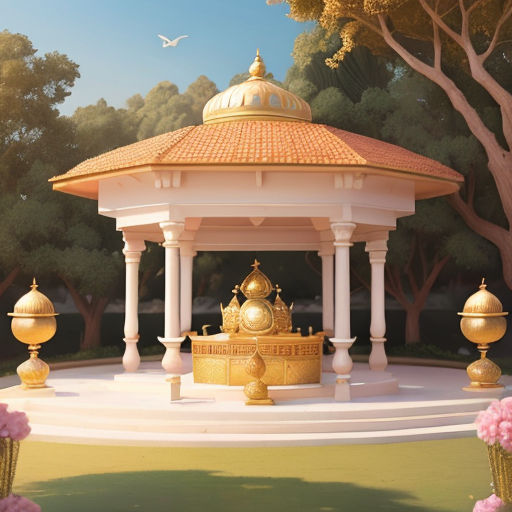
His rule met challenges from the rising power of the Sikhs under Guru Arjun Dev Ji, who was executed by Jahangir. This event was a key aspect of his reign, impacting the Mughal-Sikh relationship.
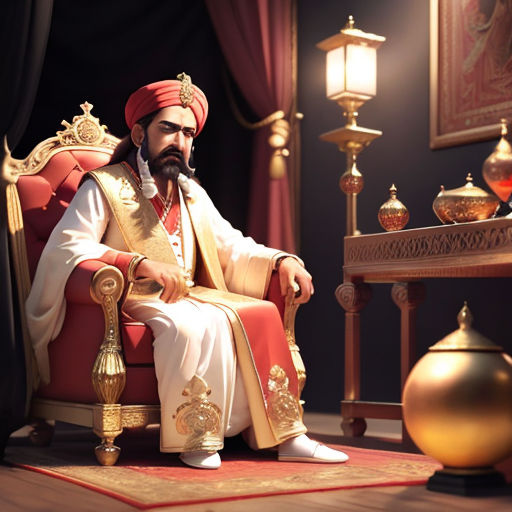
Like many great kings, Jahangir too had weaknesses. He had developed a habit of drinking and taking opium that impacted his health and judgment. This sometimes led to erratic decisions that marred his otherwise just rule.
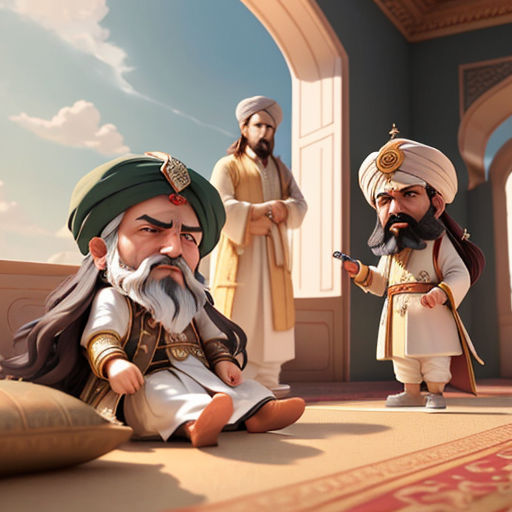
Jahangir's declining health led to a power struggle between his sons for the throne. His eldest son, Khusrau, who had always been rebellious, attempted to overthrow him but was defeated and blinded as punishment.
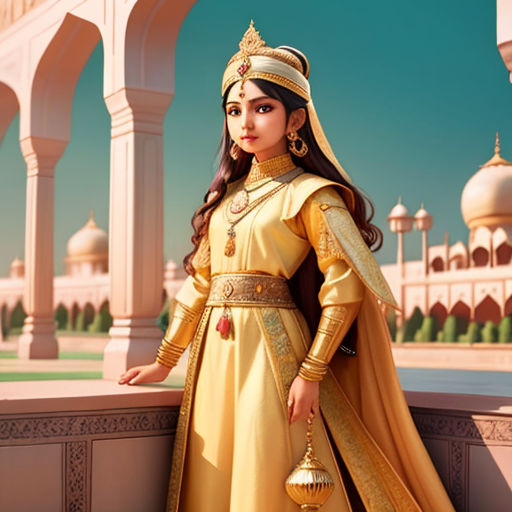
His third son, known as Khurram, caught Jahangir's eye. Khurram exhibited skill in administrative matters and warrior spirit. With Nur Jahan's influence, he was appointed the crown prince. Khurram later became Emperor Shah Jahan, continuing the legacy of Mughals.
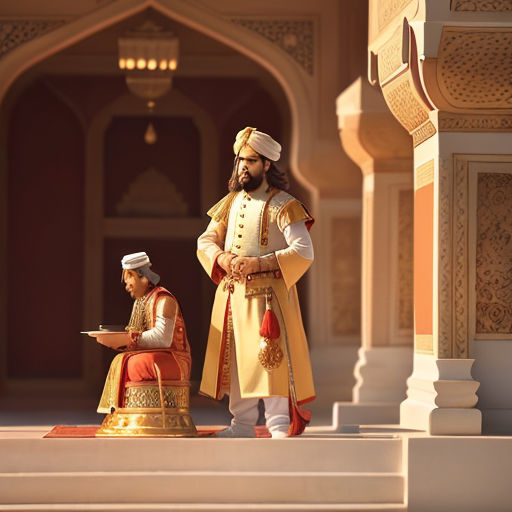
Jahangir's final years were marked by rebellion led by his son Shah Jahan in an attempt to seize power. Jahangir managed to suppress the rebellion, but the constant conflict took a toll on his already deteriorating health.

In 1627, after years of ruling, Jahangir fell ill and passed away while returning from Kashmir. His death marked the end of an era, but his legacy continued in the Mughal history, influencing the reigns of the emperors to come.
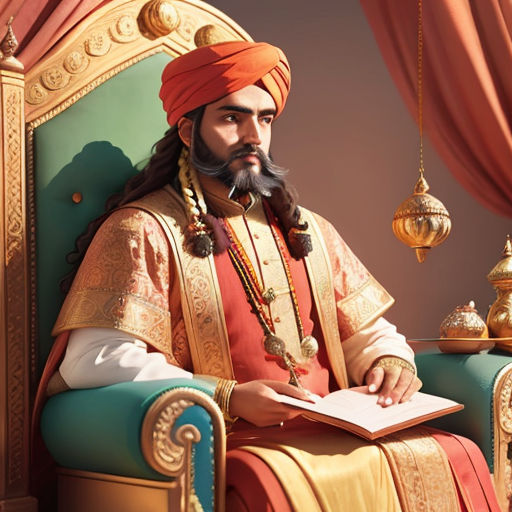
Jahangir’s reign was a fascinating mix of justice, art, love, tolerance, and conflicts. His rule marked an era of prosperity and cultural infusion, making him one of the memorable Mughal Emperors.

His life story teaches us the importance of a just rule, the significance of art and culture, the value of love and trust, and the consequences of personal weaknesses. Jahangir, truly was a "Conqueror of the World".
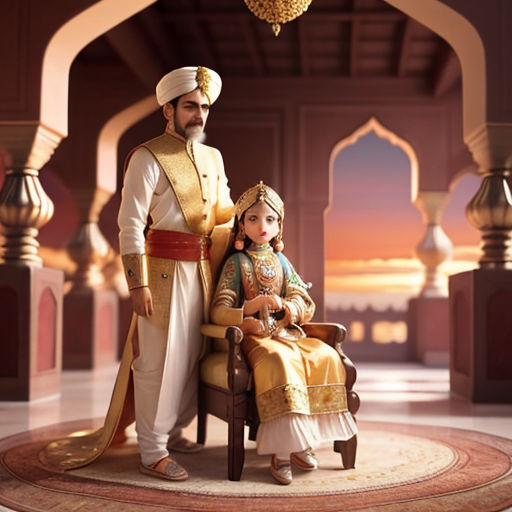
Each year, on his remembrance day, Jahangir is celebrated through tales of his rule, his love for Nur Jahan, his passion for art and justice. His life reminds us of a monumental era that shaped the history of India.
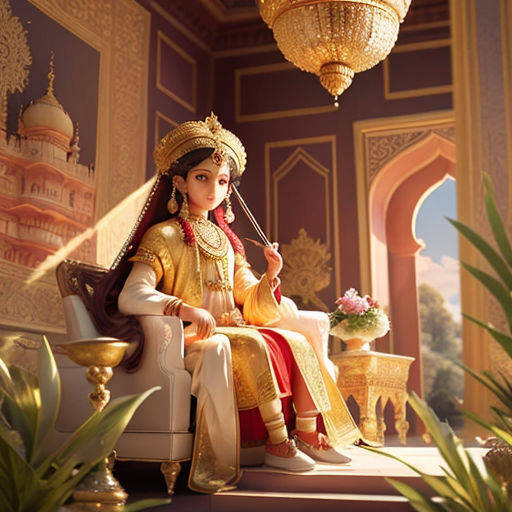
Jahangir's journey from a prince to an emperor is a tale of courage, love, tolerance, and passion. His life's tale reflects an era of grandeur and prosperity, marred by individual weaknesses and familial strife.
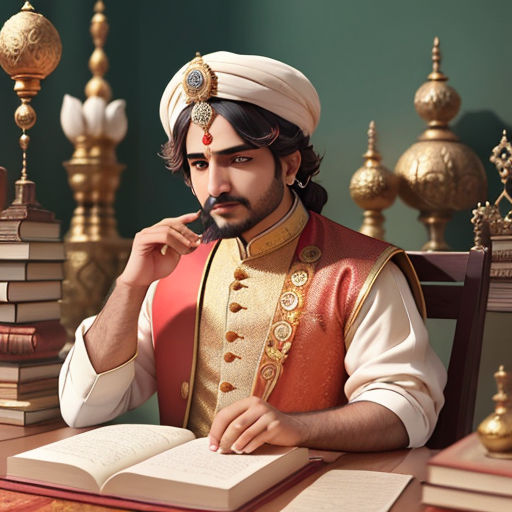
His rule is studied in history books, and his decisions are examined in scholarly analyses. While he ruled centuries ago, Jahangir's influence continues to echo through the ages, proving the significance of his reign.
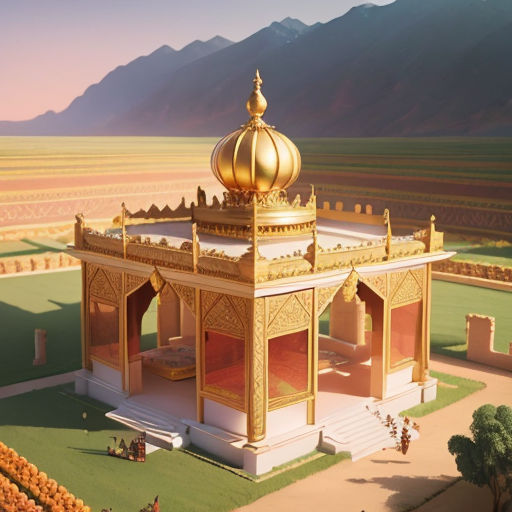
As a conqueror, Jahangir expanded his empire, establishing influence over various regions. As a king, he fostered a sense of unity and prosperity in his kingdom. But as a human, he was flawed, providing a comprehensive view of his character.
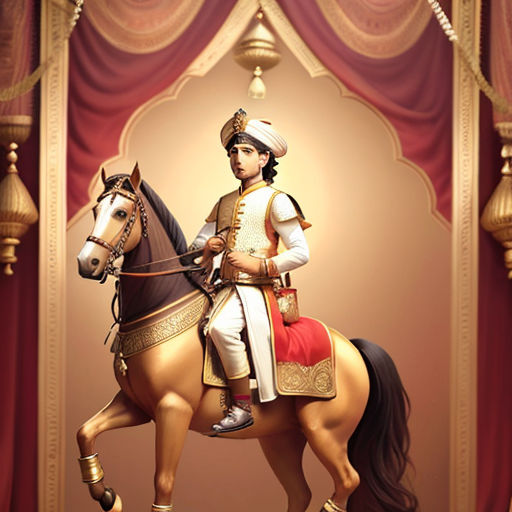
Through his life and reign, Jahangir left a lasting legacy - an empire that prospered, a culture that flourished, and a history that continues to be told. He may have been a conqueror, but above all, he was a king with a humanitarian spirit.